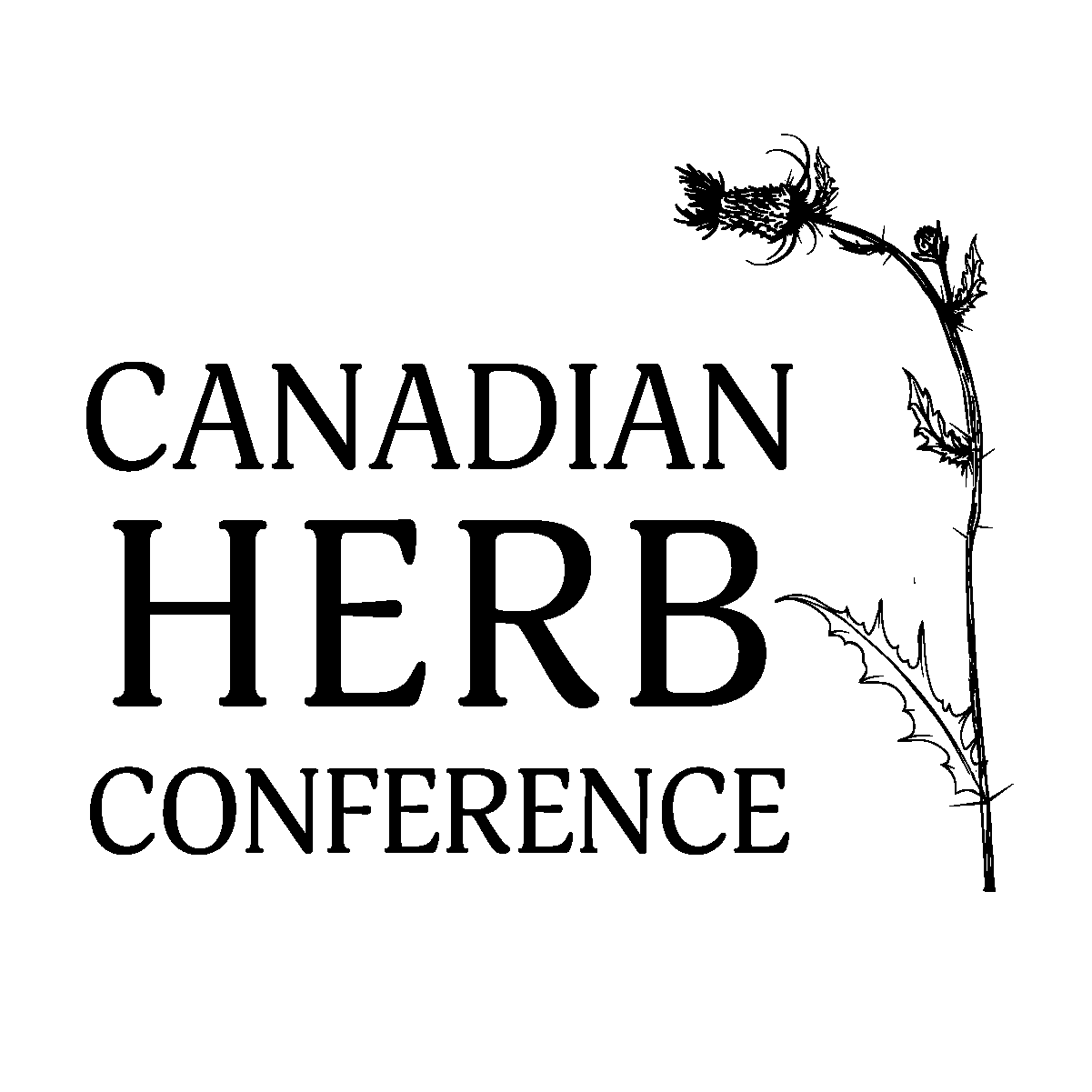Alternatives to Polypharmacy in Conditions of Neurologic Impairment– Medication Alternatives for Patients with Neurologic Injury
Those diagnosed with severe neurologic impairment are frequently prescribed multiple medications to manage a variety of often interrelated symptoms, including pain, uncontrolled muscle tone, seizure, sympathetic storming, dyspnea, gastroesophageal reflux, and constipation. However, limited communication abilities often prevent these patients from reporting their symptoms, and polypharmacy further limits clinical assessment of symptoms and response to therapies. We discuss alternative agents and strategies for the ten most prescribed medications for this population of patients. Although we will focus on the pediatric population, much of this material will be pertinent to all ages. We will also spend some time discussing the special ramifications of neurodegenerative conditions in people as they age, with attention to the often devastating consequences of inappropriate or over-medication, which is a documented major cause of early demise in these patients. We will discuss the indications, uses and side effects for the most commonly used pharmaceuticals and discuss rational alternative strategies that accomplish the same objective without the drug. Specific agents that we will address include baclofen, gabapentin, levitaracetam, vigabatrin, clobazam, clonidine, diazepam, sabril, miralax, the class of proton pump inhibitors, we will also discuss the amino acids L-Threonine, Glycine, L-Glutamine, phosphatidylserine, L-theanine and the B-vitamin analogs benfotiamine, sulbutiamine, NAD+, NR, NMN. We also discuss strategies of botanical medicine management for these patients with botanicals that include Leonurus cardiac, Leonotis leonurus, Piscidia erythina, Scutellaria spp, Salvia spp, Albizzia lebbeck, Valeriana spp, and Cannabinoids.

